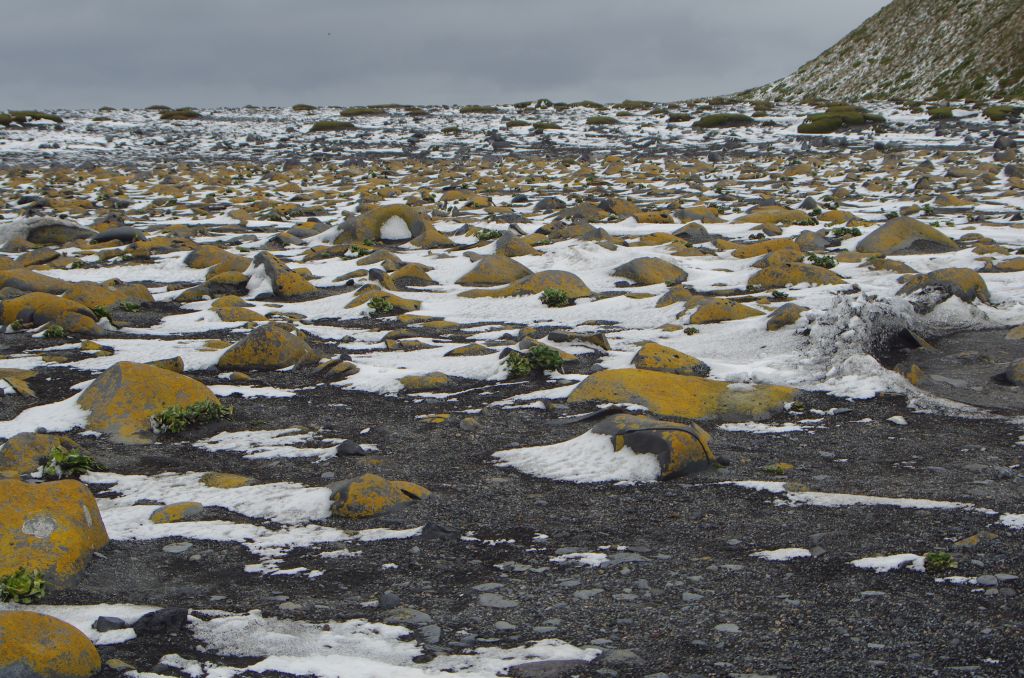Difference between revisions of "Template:POTD protected"
Westarctica (talk | contribs) |
Westarctica (talk | contribs) |
||
| Line 1: | Line 1: | ||
{| role="presentation" style="margin:0 3px 3px; width:100%; text-align:left; background-color:transparent; border-collapse: collapse; " | {| role="presentation" style="margin:0 3px 3px; width:100%; text-align:left; background-color:transparent; border-collapse: collapse; " | ||
|style="padding:0 0.9em 0 0;" | [[File: | |style="padding:0 0.9em 0 0;" | [[File:Lichenson Heard Island.jpg|300px|thumb]] | ||
|style="padding:0 6px 0 0"| | |style="padding:0 6px 0 0"| | ||
'''[[ | A '''[[lichen]]''' is a composite organism that arises from algae or cyanobacteria living among filaments of multiple fungi in a symbiotic relationship. The combined lichen has properties different from those of its component organisms. Lichens come in many colors, sizes, and forms. The properties are sometimes plant-like, but lichens are not plants. | ||
Lichens occur from sea level to high alpine elevations, in many environmental conditions, and can grow on almost any surface. Lichens are abundant growing on bark, leaves, [[moss|mosses]], on other lichens, and hanging from branches "living on thin air" (epiphytes) in rain forests and in temperate woodland. Different kinds of lichens have adapted to survive in some of the most extreme environments on Earth: [[Antarctica]], hot dry deserts, rocky coasts, and toxic slag heaps. | |||
<p><small>Photographer: | <p><small>Photographer: Kate Kiefer</small></p> | ||
[[:Category:Images|'''(More Images)''']] | [[:Category:Images|'''(More Images)''']] | ||
<div class="potd-recent" style="text-align:right;"> | <div class="potd-recent" style="text-align:right;"> | ||
Revision as of 03:29, 2 October 2023
|
A lichen is a composite organism that arises from algae or cyanobacteria living among filaments of multiple fungi in a symbiotic relationship. The combined lichen has properties different from those of its component organisms. Lichens come in many colors, sizes, and forms. The properties are sometimes plant-like, but lichens are not plants. Lichens occur from sea level to high alpine elevations, in many environmental conditions, and can grow on almost any surface. Lichens are abundant growing on bark, leaves, mosses, on other lichens, and hanging from branches "living on thin air" (epiphytes) in rain forests and in temperate woodland. Different kinds of lichens have adapted to survive in some of the most extreme environments on Earth: Antarctica, hot dry deserts, rocky coasts, and toxic slag heaps. Photographer: Kate Kiefer |
